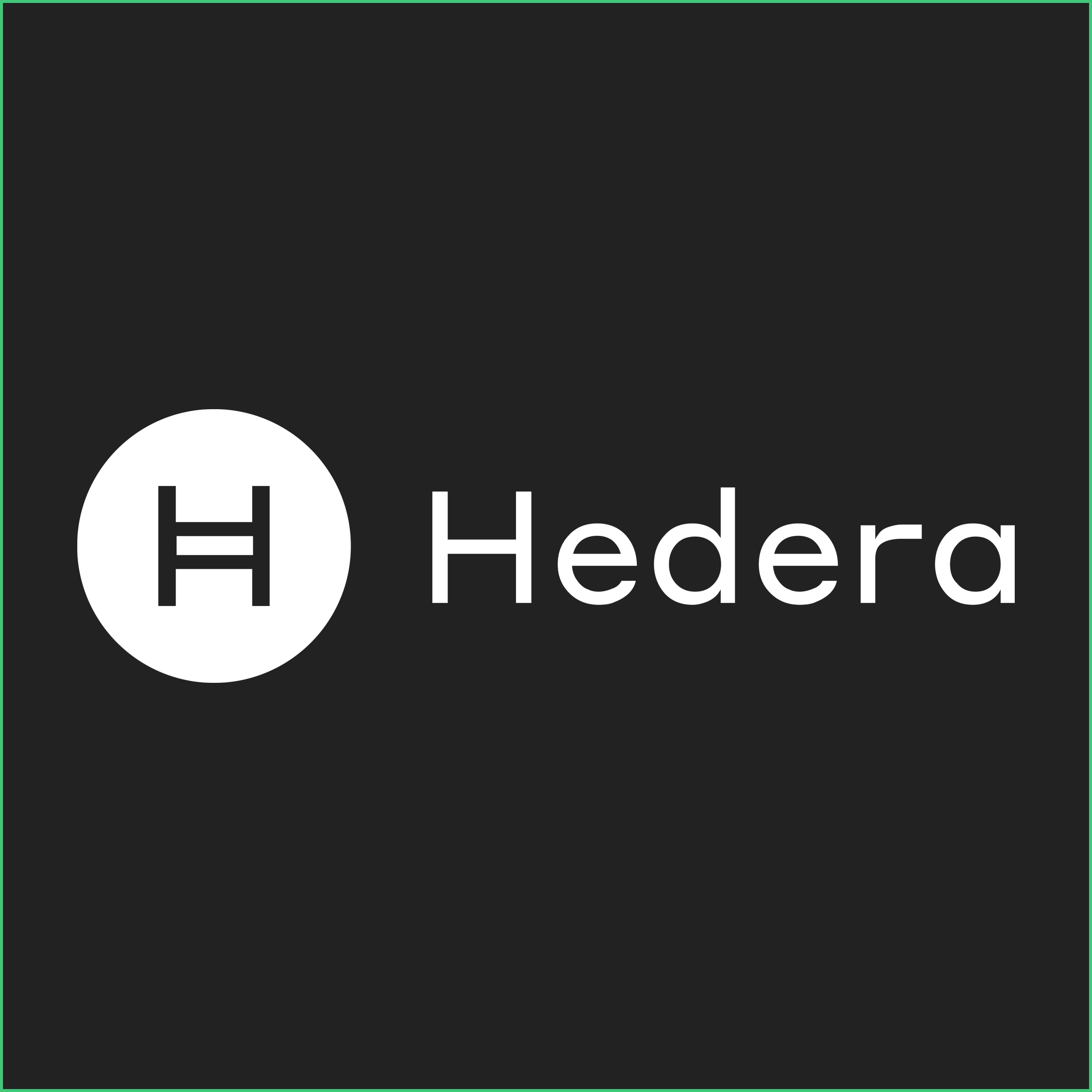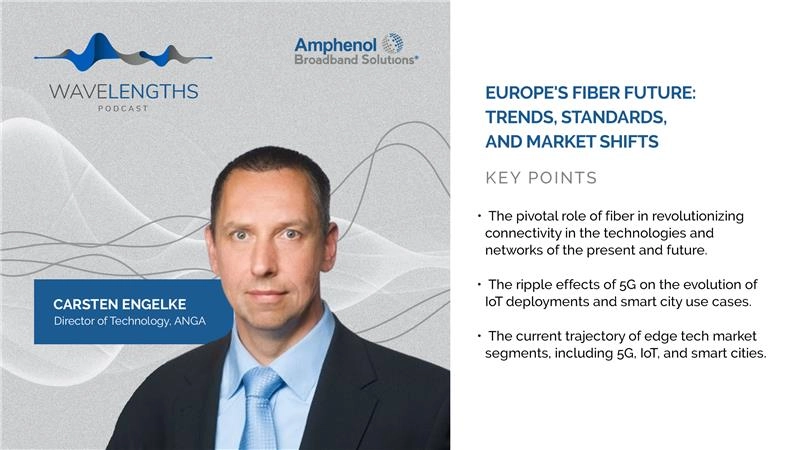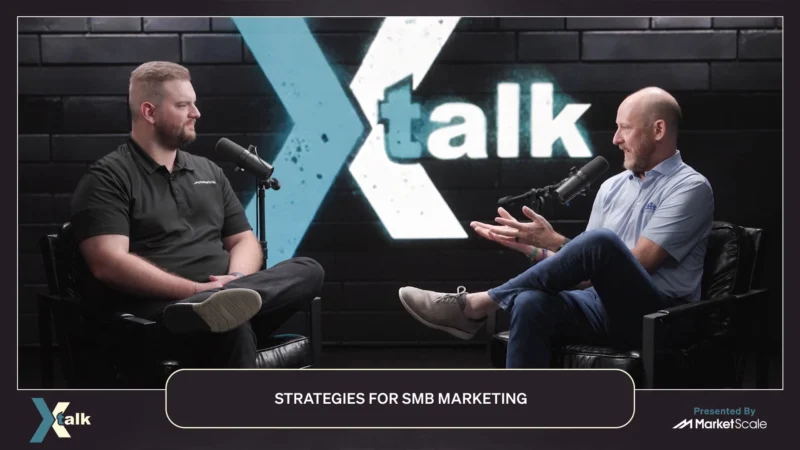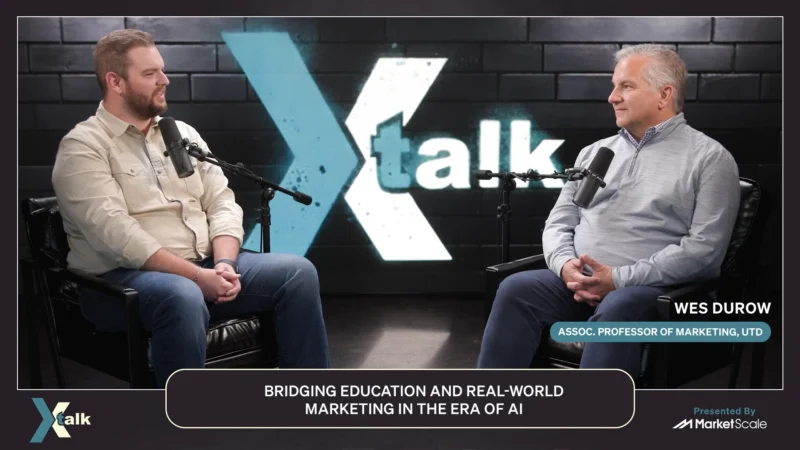How Dovu and Tymlez are Working to Reduce Carbon Emission
The blockchain technology market is seeing extremely rapid growth and is currently valued at $4.7 billion as of 2023, according to Emeritus. That number is predicted to more than triple that by 2027. However, with this growth, there is a sustainability concern with blockchain. The amount of energy usage that goes into its production and mining has become a priority for many in the industry. Because blockchain’s growth is accelerating very fast, it’s only expected that companies will collaborate in an effort to not contribute to this growing sustainability issue.
In what ways can integrative partnership reduce carbon emissions?
This matter is addressed on the newest episode of “Gossip about Gossip.” Host Zenobia Godschalk interviewed the CTOs of Dovu and Tymlez, respectively. The former’s CTO, Matt Smithies, and the latter’s, Dan Voyce, have teamed up by combining their platforms, which allows Tymlez’s customers to buy fully verified carbon credits.
The two and Godschalk also discussed …
- How the integration of Dovu and Tymlez will function to reduce carbon emissions
- The risks that carbon emissions pose in the blockchain technology landscape and their solution
- How the partnership is set to improve many things including general sustainability
“We’ve got a DNRV solution—it really allows for accurate reporting of carbon intensity and we’re using it for a number of solutions at the moment, such as a Guarantee of Origin, so tracking assets and their carbon intensity, and the carbon intensity that goes into creating those assets, and really just using this to kind of create audit-ready reports of carbon emissions. So, it’s something that we’ve been working on for quite a while now. We’re ramping up production on a lot of things, so this integration is very timely for us,” said Voyce.
Smithies spoke to the long-term benefits of carbon credits and explained that with more growth, his company will have a ready solution so long as there is interest.
“Our general strategy is to find the demand to fit the supply because we do have potential to hit hundreds of thousands, if not millions, of tons of supply of carbon, but obviously one of the biggest risks of supply, you can’t bring on hundreds of thousands and tons of carbon and not have any demand on the other side, because then, that’s the huge risk. So, we’re trying to be very strategic,” said Smithies.
Matt Smithies is the CTO of Dovu. He’s been in that role since 2021. His previously held roles with the company were as Senior Software Developer and Technical Consultant.
Dan Voyce is the CTO of Tymlez. He has over two decades of experience in start-ups, IoT, and solution-oriented technology.




